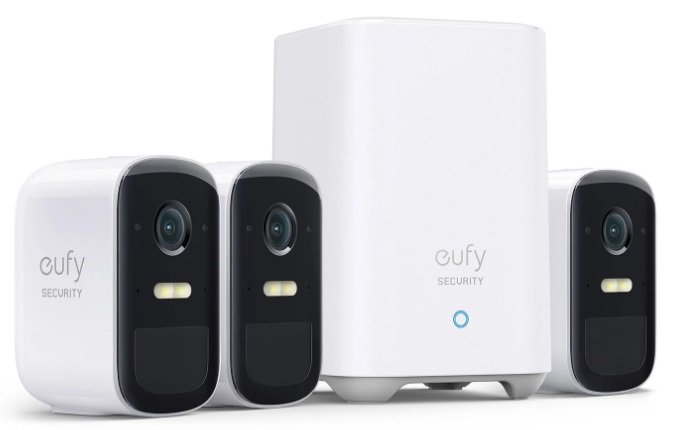In an era where connectivity defines our digital landscape, the need for flexible and reliable security solutions extends beyond the confines of WiFi networks. If you find yourself in a situation where a WiFi connection is unavailable or impractical for your security camera setup, fear not. This guide unravels the methods and techniques for connecting a security camera to your phone without relying on WiFi. From utilizing mobile data to exploring alternative connectivity options, these strategies ensure that you can monitor and manage your security system seamlessly, irrespective of traditional network constraints.
1. Utilize Mobile Data
One straightforward way to use a security cameras wireless that connects to phone without wifi is by utilizing mobile data. If your security camera supports mobile data connections, such as 3G or 4G/LTE, you can use your smartphone’s hotspot functionality to establish a direct connection. Simply enable the mobile data on your phone, connect the security camera to it, and access the camera’s feed using a mobile app.
2. Direct Connection via Hotspot
Most modern smartphones come equipped with hotspot features that enable them to act as standalone WiFi access points. Utilize this functionality by setting up a hotspot on your phone and connecting the security camera directly to it. Ensure that both the camera and the phone are on the same network, and use the dedicated camera app to access live footage and manage settings.
3. Bluetooth Connectivity
If your security camera and smartphone support Bluetooth connectivity, you can establish a direct connection between the two devices. Pair the camera with your phone via Bluetooth and use the manufacturer’s app to access the camera’s features. While Bluetooth connections typically have shorter ranges compared to WiFi, this method is effective for short-range surveillance solutions.
4. Ad-Hoc Wireless Network
Create an ad-hoc wireless network between your security camera and smartphone. An ad-hoc network allows devices to connect directly without the need for a central router. Configure the camera to connect to the ad-hoc network created by your phone, and use the corresponding app to view live footage and manage settings. This method is suitable for scenarios where a dedicated WiFi network is unavailable.
5. NFC (Near Field Communication)
If both your security camera and smartphone support Near Field Communication (NFC), you can establish a connection by bringing the two devices nearby. NFC-enabled cameras and smartphones can initiate quick and secure connections with a simple tap. Once connected, use the camera’s app to monitor the live feed and control camera settings.
6. USB Tethering
Utilize USB tethering to connect your security camera to your phone using a USB cable. Enable USB tethering on your phone and connect it to the camera using a compatible USB cable. This method allows the camera to leverage the phone’s cellular data connection. Ensure that the camera’s app is configured to use the mobile data connection, providing you with access to live footage and camera controls.
7. Local Storage and Manual Retrieval
If your security camera supports local storage options such as SD cards, you can store footage directly on the camera. While this doesn’t provide real-time monitoring, you can manually retrieve the SD card, view recorded footage, and manage settings as needed. This method is suitable for situations where live monitoring is not a priority.
Conclusion
Overall, connecting a security camera to your phone without WiFi is achievable through various alternative methods. Whether leveraging mobile data, establishing direct connections via hotspots or Bluetooth, or exploring NFC and USB tethering, these approaches offer flexibility for diverse security setups. Consider the compatibility of your security camera and smartphone, as well as the specific features supported by the camera’s app, when selecting the most suitable method for connecting your security camera to your phone without relying on traditional WiFi networks.

